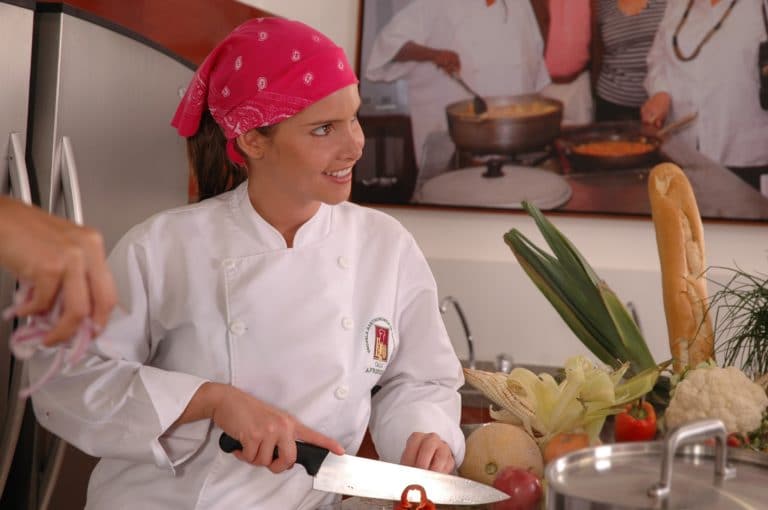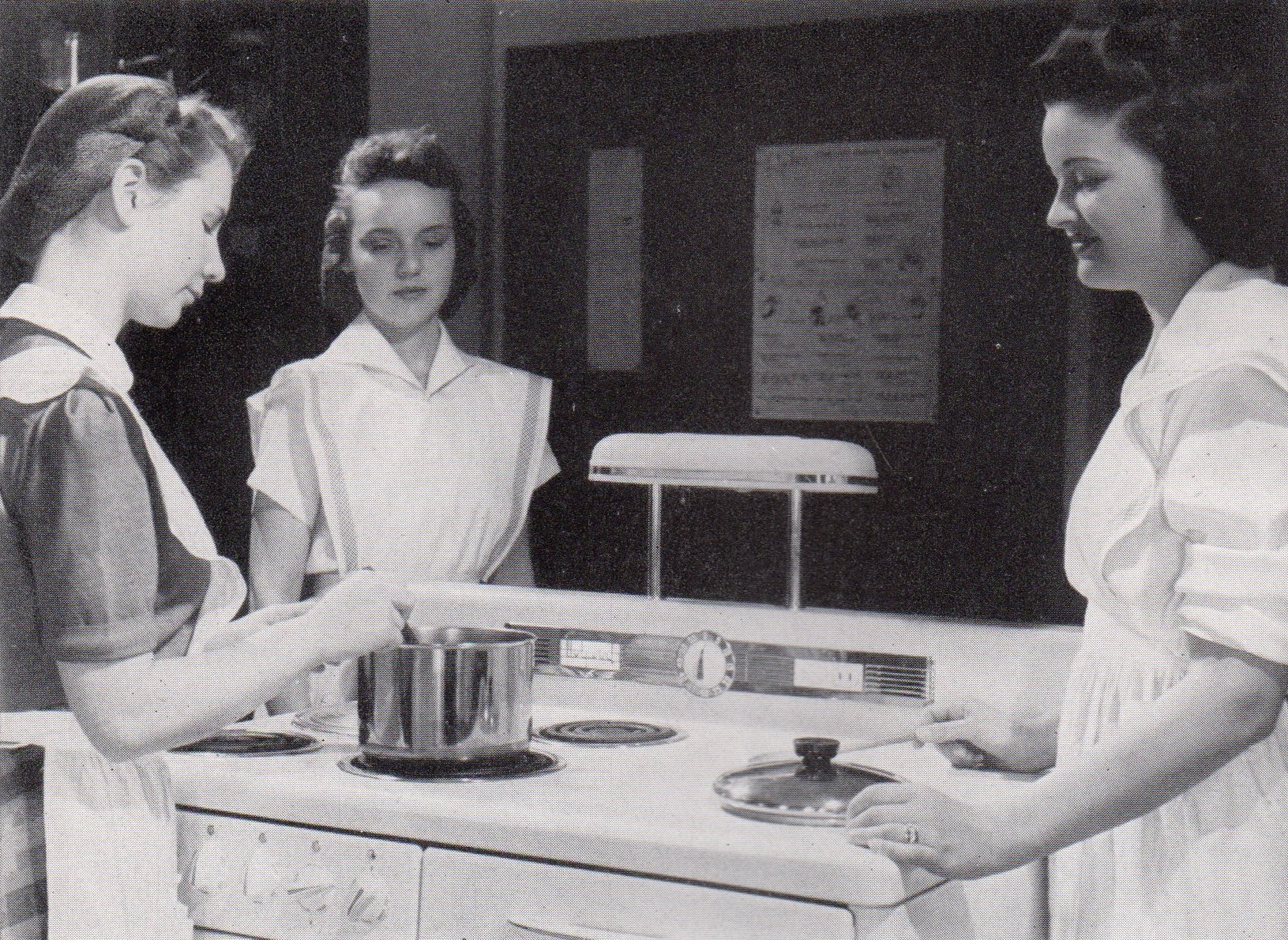
Culinary schools are recent in the history of culinary. Culinary is the art and science of food. The art involves preparing, garnishing, design, and presentation, while culinary science involves nutrition and nourishment, gastronomy, physiology, thermodynamics, and food psychology.

Culinary is as old as man’s existence and has evolved throughout civilization. Culinary began from a not too palatable menu, and all that the earliest civilizations care most were food gatherings and raw consumption. Until man had stumbled onto roasted meat from a forest fire, he realizes it tasted better and had a better feeling in the stomach; as a result, man has over times developed new ways to make foods feel better than he felt in earlier times or just keeping the taste as they used to.
He had crafted tools and methods to bring this delicacy to light and made them a part of his existence. But soon, he realizes that these skills were more important than earlier considered. It was health, peace, harmony with body and soul, pleasure, relaxation. Additionally, he realizes the balance and effects these have on his mental and physical being, and he soon began to understand deeper, to know the arts and sciences of it (food).
Culinary schools are organized systems or institutions designated for the education in the arts and sciences of food preparation. Culinary institutions in the early time were informal. Usually, mothers in many cultures made it a duty upon themselves to guide young cooks. For some, culinary tutoring is a bit more organized where young cooks spend specific time with a professional cook who majorly is in cities. This professional tutoring in cities prepares professionals for queens, kings, priests, royalty houses, and affluence. As society advances, so does the profession to suit the need of the time.

The institutions involved in making these professionals get more sophisticated in tools, knowledge, and organization. Modern culinary schools have gone as far as collecting culinary from different cultures and awarding degrees in a specific program period. These schools expose cooks to different cooking methods, skills, tools, cultures and instilling a professional presentation, services, and character in the arena they will apply to this profession after their studies.
However, a culinary career is a practical career where students spend most of their hours in industrial kitchens, getting hands-on practical cooking and learning the thermodynamics of cooking. Included in the culinary school’s curriculum is manufacturing/making or processing foods from different raw forms. Students of culinary schools are also exposed to gastronomy, nutrition, physiology, thermodynamics a and psychology.
As a subject in the culinary school curriculum, gastronomy equips the students with knowledge of food and food selection, food culture, cooking techniques, palatability, food science, nutrition, and a focus on the application of taste, smell, and reaction on consumption.
Knowledge of nutrition will guide students of culinary schools on the health and development of various foods and understand individuals’ nutritional needs.
The knowledge of physiology in culinary schools is designed to give students an understanding of body functions and how foods influence these functions, and the best culinary methods/ techniques to bring the best in a particular food item.
Thermodynamics equip students of culinary schools with the knowledge of heat and the right amount of heat needed to make a particular taste, smell, or just the right amount to keep a food flavor and nutritional content. Also, knowing the properties of cooking wares and their varying degree of tolerance for heat and food.
Lastly, one wonders why students in culinary schools may stress understanding the psychology of behavior concerning food. However, it is no other than to future arm students with skills of behavioral understanding of individuals, socially or otherwise, concerning food.
Culinary Schools are Organized to galvanize this knowledge and molding professionals to meet the standards required of a modern-day cook. Many culinary schools are scattered throughout the world; some are for professional cooks training, while some for hobbyists and, in most cases, are combined.
Some institutions offer culinary education as a vocation, allowing individuals to acquire experiences by attachments to kitchens. In contrast, other institutions examine students, accessing their level of assimilation of this knowledge and how best they apply them in the profession and issuing certifications.
Until the early 90s, America had no organized culinary schools like the types that exist in Europe. Restaurant owners in the USA had to rely on professional staffing from Europe to run their restaurant. It became too expensive to bring staff from Europe 8and the call for a need to establish culinary schools that will be a pal with Europe’s standards. It is s leads to the creation of the culinary institute of America, unique in its way by inventing new teaching techniques and theoretical aspects that help prepare students for their careers.
The institute allows its students a hands-on experience where they go for an 18weeks apprenticeship in approved restaurants. Students are required to make more than 50% of the foods from their basic forms. After completion at this institution, students are awarded degrees.

Boston cooking school became the first private cooking school in 1877. It was founded by the women’s educational association of Boston. The aim was to provide culinary education to women who may want to venture into a culinary career or find it usual to improve their home culinary skills and better improve their families’ wellbeing through foods.
Today, many culinary schools are spread across the united states. Some are degree-awarding, and others simply vocational and often, certifications issued. Government and private organizations give sponsorship to the individual(s) to professionalize cooks or chefs.
With the improvement in travel technology, with tourism being one of the major revenue earners in many countries today, the demand for professional cooks is increasing daily, especially for the hospitality sector. Culinary schools are improved regularly, updating their curriculum and training quality to meet this industry’s demands.
With these professionals chef and cooks trained from different culinary school, tourists go about their visits to new places and places far from homes with little or no worries about getting rich, clean quality foods, prepared by the hands of professionals who have a concern for their health, culture, and individual needs into consideration.
Many culinary schools invest in organic food research and cheap ways to bring about healthy, quality, and affordable foods. They are also finding ways to operate more cost-efficient kitchens by embracing green technologies and reducing the carbon footprint costs for making foods.
The importance of culinary schools to a nation’s economy is of keen concern to economists. Culinary schools have become a part of the travel, tourism, and hospitality sector of an economy. To boost tourism based in their countries, governments give culinary schools incentives to enhance the school’s capacity to continuously provide professionals with the support of the country’s food culture, tourism, and hospitality industry.
Travel companies and maritime industries also sort these professionals from culinary schools to smooth their business operations. A Sailor and crew member at sea, diplomats in faraway lands negotiating a better relationship for a people, need professional cooks to serve them a healthy meal to keep them going every day, thanks to culinary schools ever producing these professionals.
We have known that many culinary schools spread across the countries of the world, but a few of them stands out the best. Some of these culinary schools include;
• Culinary Arts Institute(Switzerland)
• Auguste Escoffier School of culinary(USA)
• Westminster Kingsway College( UK)
AUTHOR: Zakari UMAR
Wow! Informative.